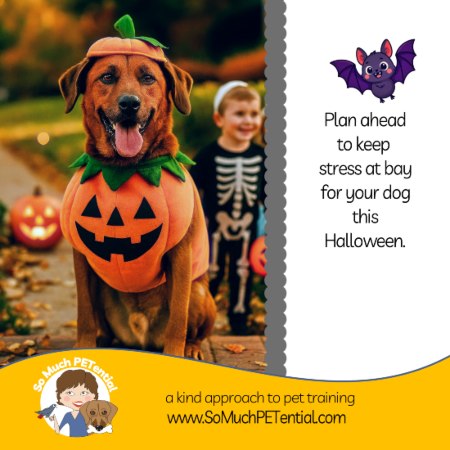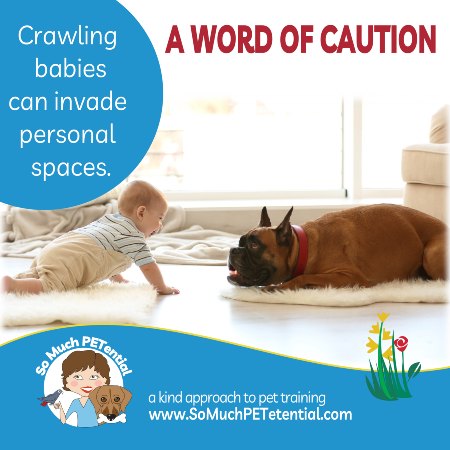When it comes to this COVID-19 pandemic, people are not the only ones who can experience stress and anxiety. Dogs and other pets can too for a number of reasons.
 Household schedules have changed. Their people are around non-stop now. Maybe your dog was used to being crated in quiet when you went to work during the day, and had all ‘out time’ that was filled with exercise and activity that included you when you were not working. Now you are home, needing to be on business calls during the day, and there is a different set of expectations for your pet than there were before. Or you have children who very active, using loud voices, throughout the day with little down time. Or you may have lost your job and are feeling the stress from that.
Household schedules have changed. Their people are around non-stop now. Maybe your dog was used to being crated in quiet when you went to work during the day, and had all ‘out time’ that was filled with exercise and activity that included you when you were not working. Now you are home, needing to be on business calls during the day, and there is a different set of expectations for your pet than there were before. Or you have children who very active, using loud voices, throughout the day with little down time. Or you may have lost your job and are feeling the stress from that.
No matter what, you are more than likely feeling stressed and that can cause your dog to be stressed. Dogs mirror the amount of stress their owner feels. That stress can cause them to show a variety of behaviors such as barking, defecating in the house, destruction.
That being said, there are many dogs out there who are enjoying the extra time, attention and activity with their owners. I’ve been sharing different ideas for relieving boredom and managing your pet both here and on my social media channels.
Plan Ahead For Post-COVID-19
Absolutely a pet can be so therapeutic for their human companions during this however, it is important for you to remember – we will get through this, and when we do, the extra attention, activity and exercise may cause isolation anxiety in our dogs.
Here are a few dog training tips for planning ahead to lower the stress dogs may experience when their owners go back to work and back to school.
- As much as possible, try to keep to the routine you had before COVID-19. Dogs thrive on predictability, and now the schedule that they had become accustomed to has been turned upside down. While you must stay at home now, if your dog was used to daily walks before work, at lunch time, and after work – try to keep to that now.
- Encourage independent play, enrichment and relaxation in your dog now. If your dog is not comfortable doing that independently, now is a great time to work on that. A dog trainer can help you.
- Keep using confinement spaces if your dog is already comfortable with those spaces. If your dog was used to being in a crate or confinement space for hours during the day, don’t feel badly about having your dog spend time there while you conduct business.
- Along that line, if your dog is not comfortable in a confinement space, again, this is a good time to work on it.
- Practice leaving your home without your dog with boring exits and entrances.
- Practice learning dog body language so that you can recognize when your dog is or is not stressed.
- Make sure your dog’s physical and mental needs are met.
See my interview on WCPO’s Cincy Lifestyle
Want some help? I’m here for you, just reach out!







